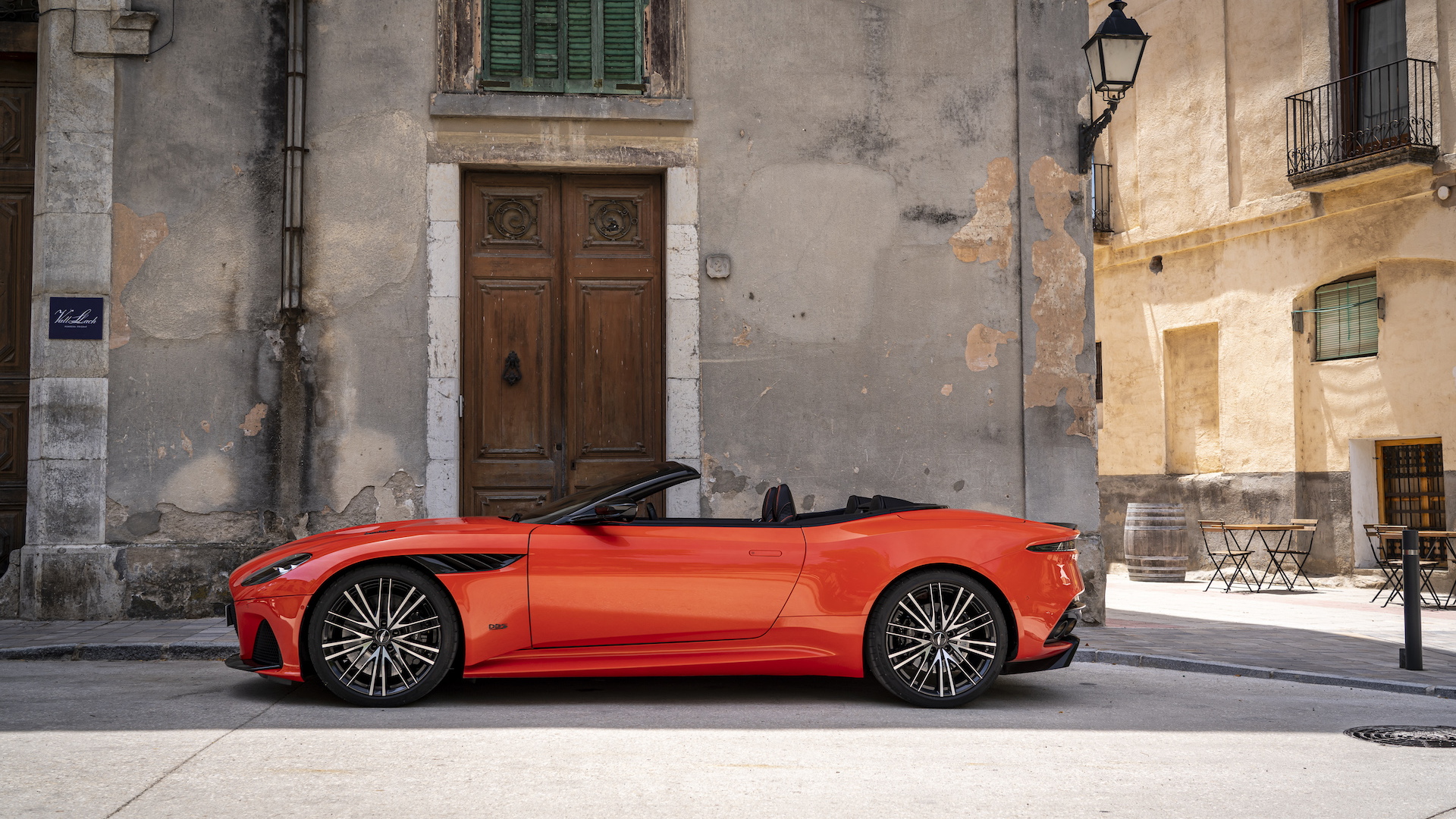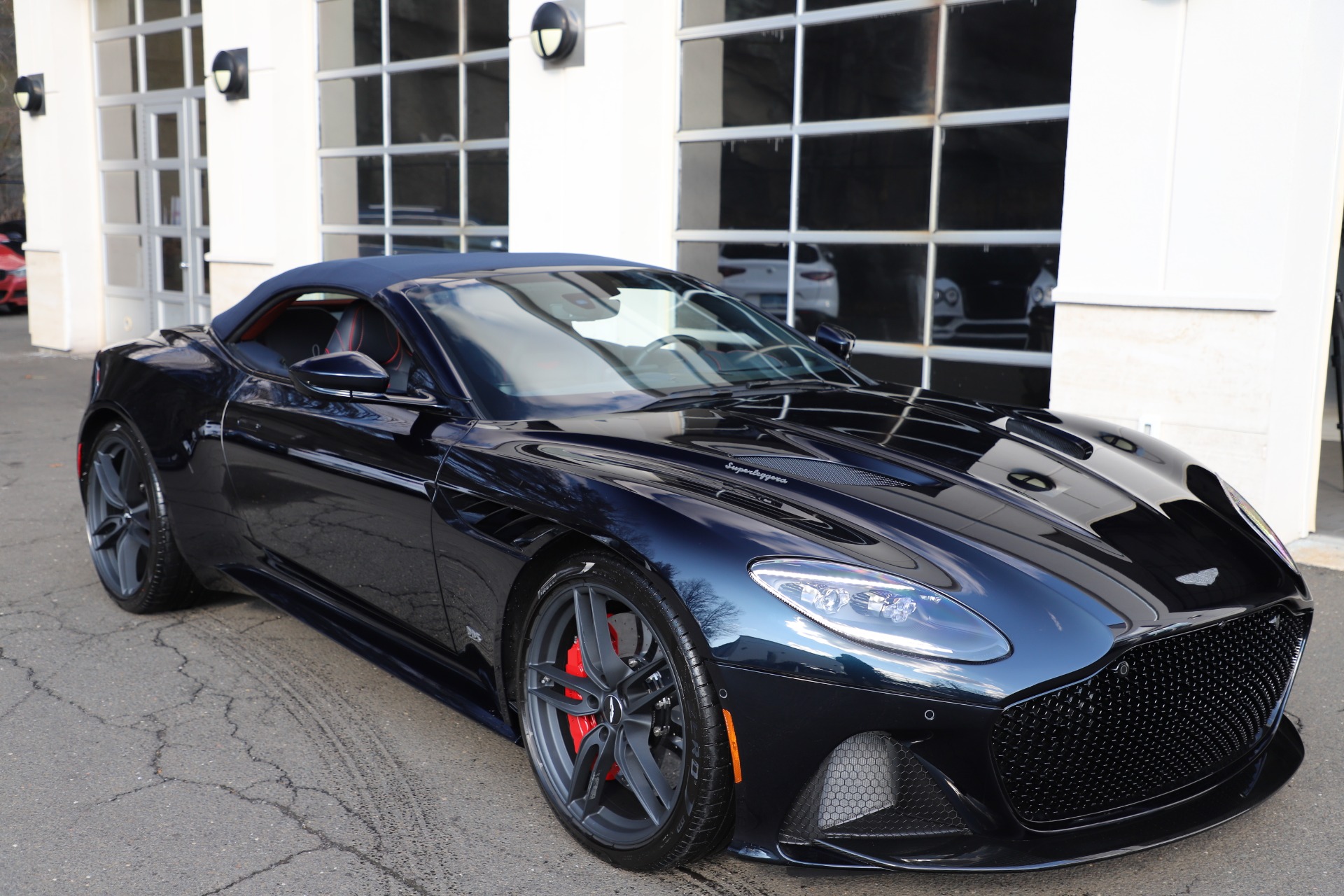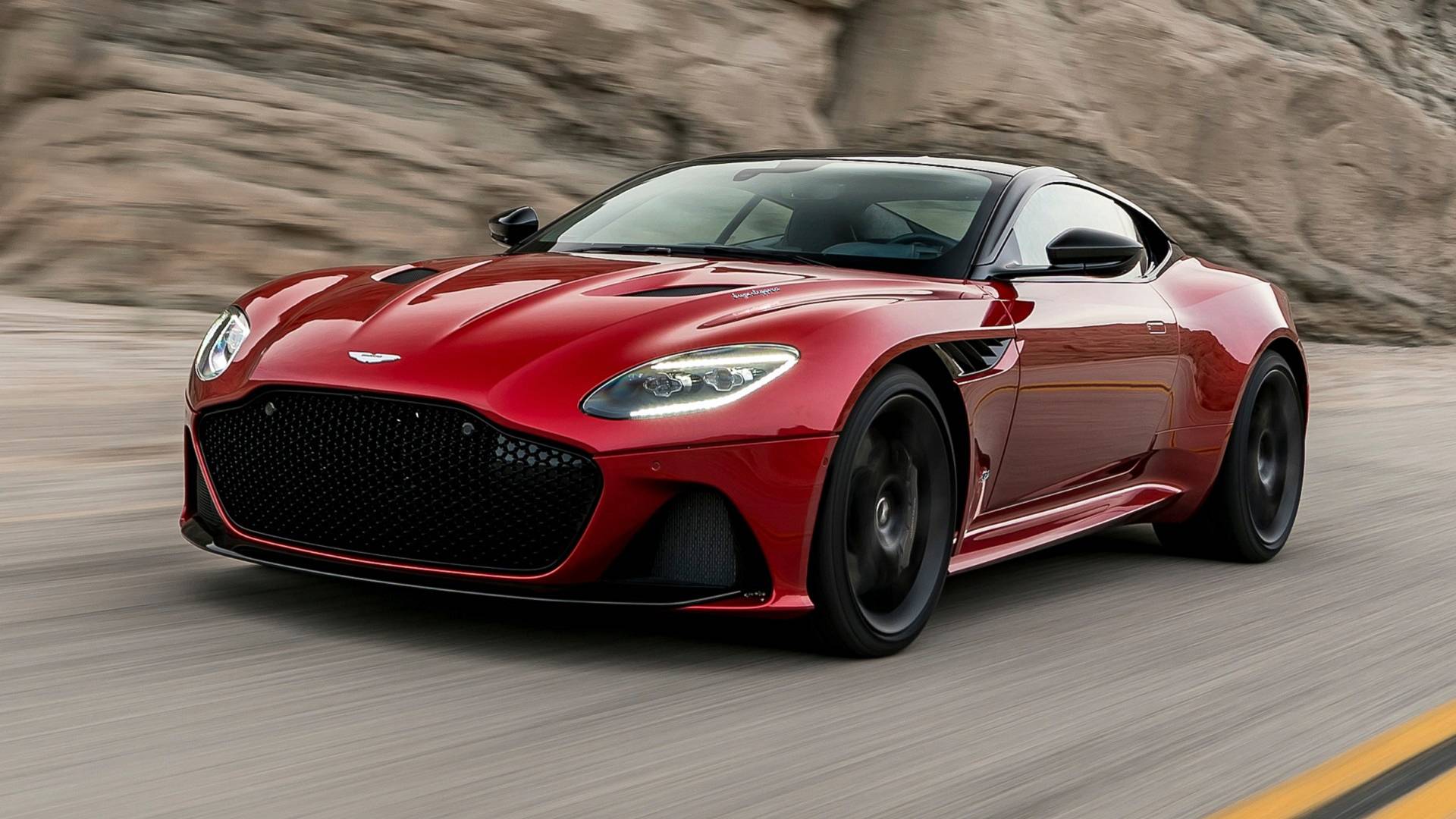

The chassis is also closely related to the DB11, but the DBS Superleggera rides five millimeters (0.2 inches) closer to the ground and features an updated suspension geometry with more camber at all corners and adaptive dampers as standard. Of course, the big improvement comes from the twin-turbo setup and the fact that the car is both lighter and more aerodynamic. While the previous grant tourer had a rating of 16 mpg combined, the DBS Superleggera is good for 22.9 mpg combined.
#Dbs superleggera volante plus
The Sport Plus mode is the most aggressive setup of the DBS, enabling the quickest off-the-line sprints and a race-inspired exhaust note.īut what about fuel economy? Granted, this is something that Aston Martin customers aren't usually concerned about, but it's worth noting that the DBS delivers far better mileage than the outgoing Vanquish S. The GT mode provides that comfortable grand tourer ride with smooth shifts, while the Sport setting gives it more grunt. The drivetrain can be used in three dynamic modes. Top speed also increased to 211 mph, 10 mph more than the Vanquish S and 11 mph more than the DB11. Also, the DBS charges from 50 to 100 mph, in fourth gear, in just 4.2 clicks. That’s two tenths quicker than the Vanquish S and a half-second faster than the DB11.

Impressively enough, the Brits claims that this additional downforce doesn't generate extra drag.Īll that power travels to the rear wheels through a revised version of the company’s ZF-source eight-speed automatic and enables the grand tourer to hit 62 mph from a standing start in an amazing 3.4 seconds. The Aeroblade and the diffuser help the DBS generate 397 pounds of downforce at maximum speed, the highest for a production, road-legal Aston Martin. Attached to this panel is an aggressive, F1-inspired diffuser that has two big blades on each side.
#Dbs superleggera volante license
Down below, the titanium exhaust pipes and the license plate are mounted in a black panel that appears to be floating under the fascia. The small spoiler on top of the decklid, the Aeroblade that Aston Martin first used on the DB11, further improves aerodynamics. Both the fascia and the taillights are extremely narrow, while the light bar that runs across the entire width of the car helps with the planted stance. Finishes include gloss or satin black and satin black with satin bronze accents.Īround back, the DBS has "supercar" written all over it. You can pick between two 21-inch designs, forged Y-spoke and forged twin-spoke. The multi-spoke, lightweight wheels provide further hints that the DBS Superleggera is no slouch. Aston Martin offers three roof finishes, including gloss black, Twill Gloss Carbon Fiber, and Gloss Carbon Fiber Tinted Black. The entire roof is finished in black, providing a two-tone, classic contrast with the bright red body of the presentation model. The muscular rear haunches are highlighted by the steeply raked roofline and the surprisingly long decklid. The side skirts are wide and aggressive, an effect complemented by the deeply sculpted dent under the door. It allows air to escape and flow along the car's flanks, improving aerodynamics. Aston Martin calls this design element an "open stirrup" or "curlicue" and it's inspired by the Vulcan supercar and the Vantage GTE race car. The first thing that catches the eye is that the traditional front fender strake was replaced by a louvered cutout. Just like the Vanquish, it has a V-shaped engine hood with big vents toward the windshield. The headlamps are slim and sport a unique design compared to other Aston Martins, as well as a C-shaped LED pattern.

A bit splitter finishes off the lower apron.

Almost the entire bumper is a big honeycomb grille, flanked by triangular outlets at the far corners. The front fascia is extremely aggressive, with next to no bodywork under the nose.


 0 kommentar(er)
0 kommentar(er)
